NMUN
National Model
United Nations
From 4 to 11 April 2025
NMUN is the largest and most prestigious UN simulation held in New York for university students. In the Big Apple, a stone’s throw from Times Square, more than 5,000 students from 130 countries meet every year to compare their ideas and define new strategies. During the Model United Nations, students exchange ideas in English with peers from other countries around the world, using the United Nations’ rules of procedure and addressing the same issues that real ambassadors discuss inside the Glass Palace every day. The work is coordinated by the international staff of the NCCA (National Collegiate Conference Association).
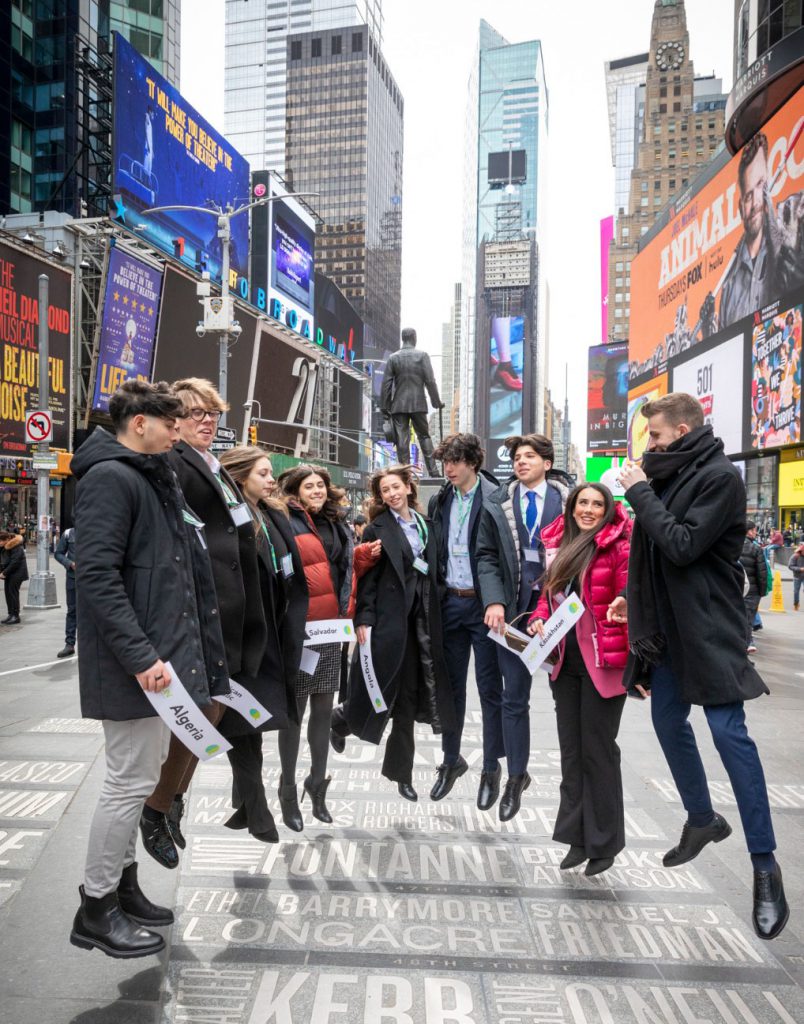
The Training
In order to best approach the simulation, students, in the months leading up to their departure, participate in the Delegate Training Course. All our lessons are interactive and take place in English. The Delegate Training Course is divided into four lessons. It is also possible to participate in the course in e-learning mode. Participating students, in addition to having an intense training experience during the simulation, will have the opportunity to meet the diplomats working at the Permanent Representations (mission briefing).

Departure from Italy and arrival in New York. Transfer by bus to the hotel (Hilton Midtown New York).
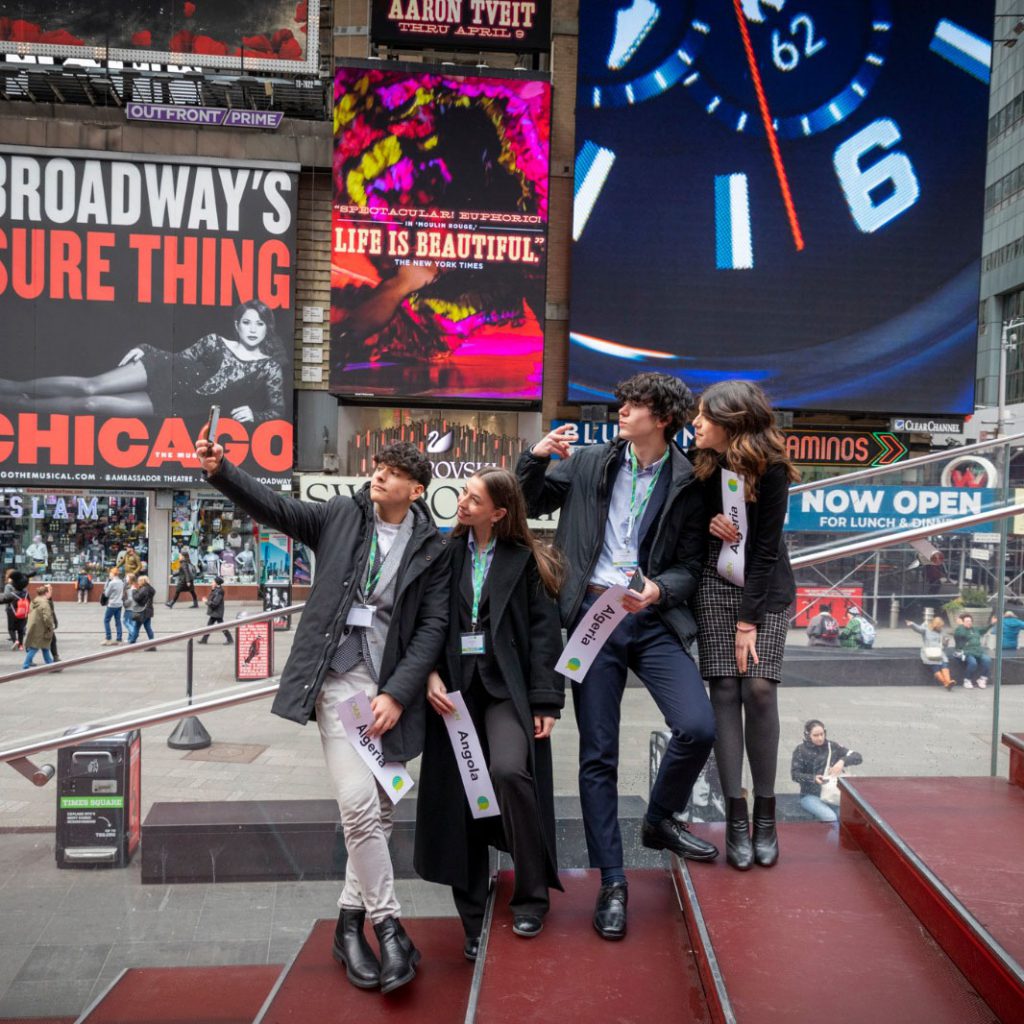
We are in the heart of Manhattan. The day is free, and we will have the opportunity to enjoy the lights of Times Square, stroll along Fifth Avenue, and relax in the green lung of New York: Central Park.
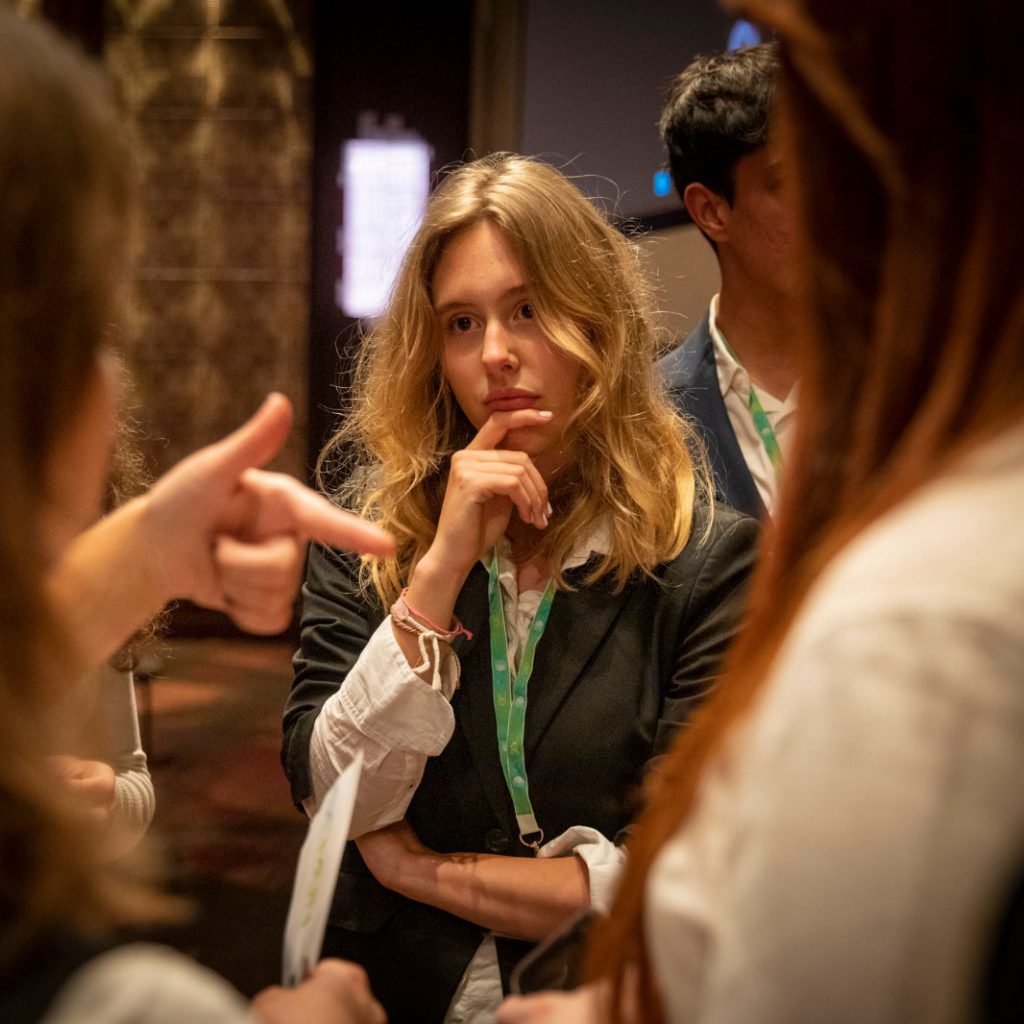
The morning will be at your disposal to explore the rest of the city. In the afternoon, NMUN officially begins! After attending the Opening Ceremony, you will face the first Committee Session.This morning is also available for you to wander through the streets of the Big Apple. In the afternoon, you will be engaged in two more committee sessions.
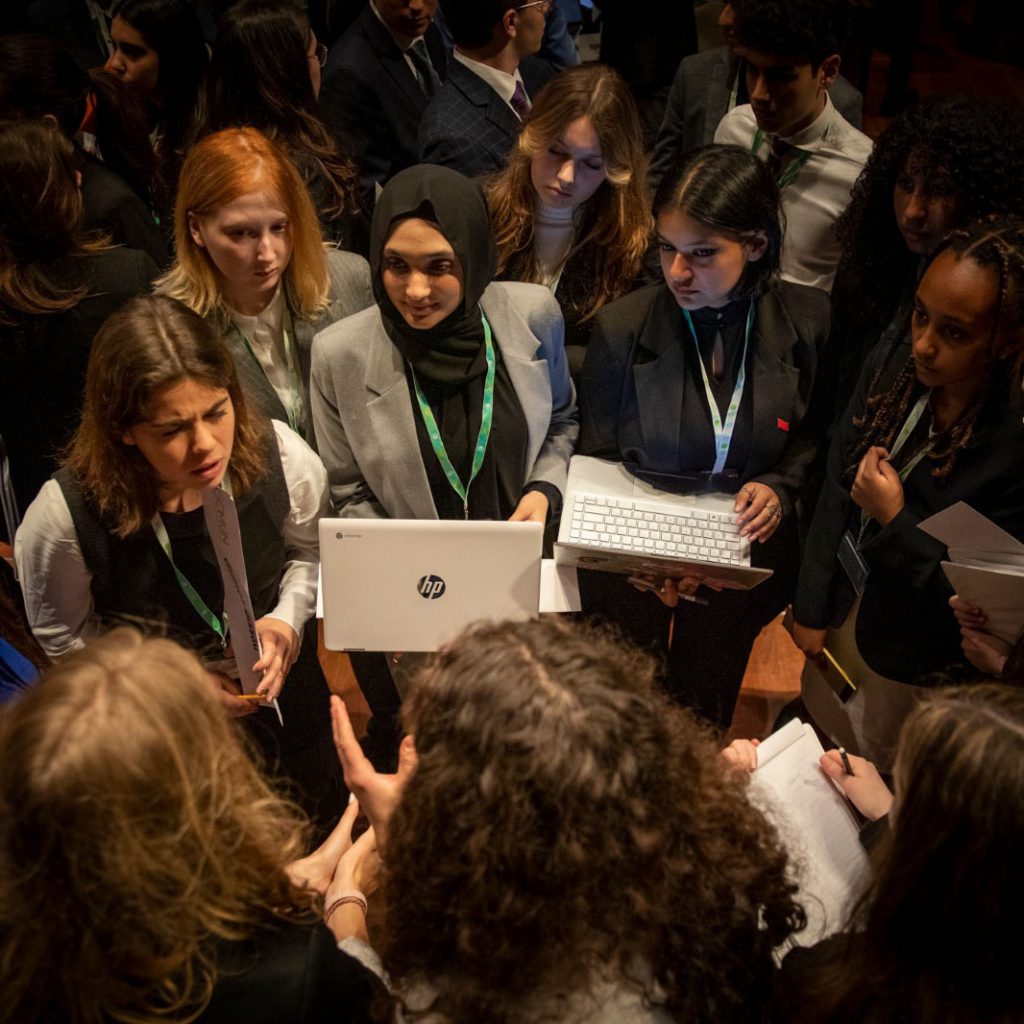
This morning is also available for you to wander through the streets of the Big Apple. In the afternoon, you will be engaged in two more committee sessions.
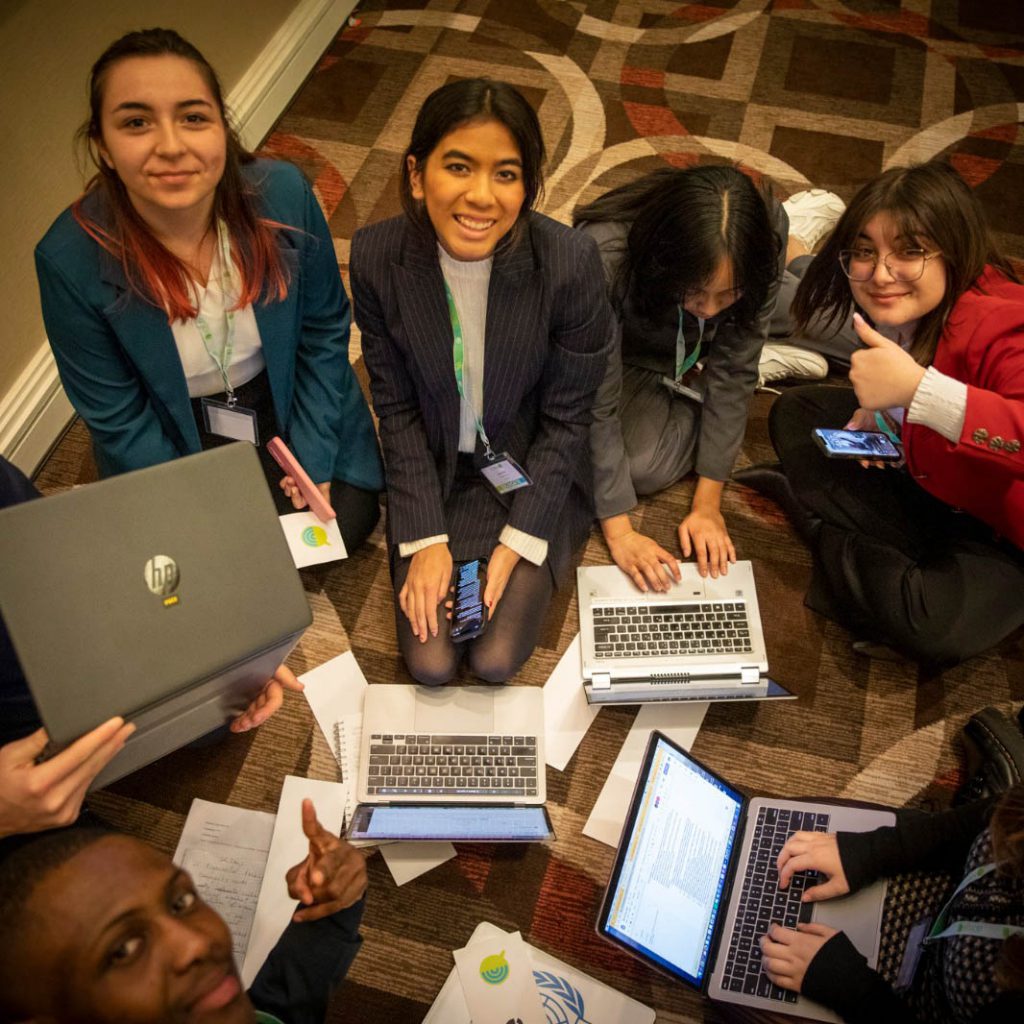
An intense day of work awaits. Three Committee Sessions are scheduled. If you haven't had the chance to deliver your first speech in the committee yet, this is the right day!
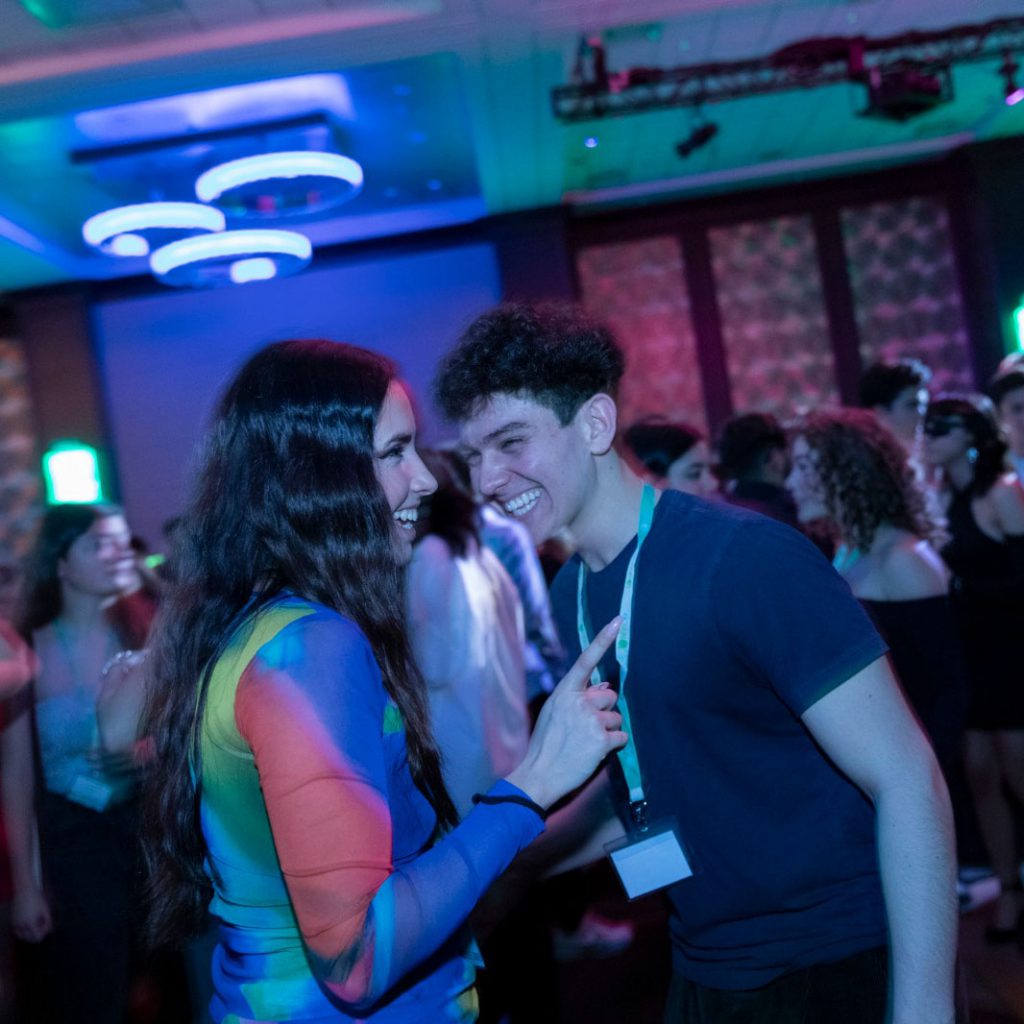
After the last two committee sessions, hurry to prepare yourself for the Delegate Dance, a grand party with all the participating students of the Model United Nations.
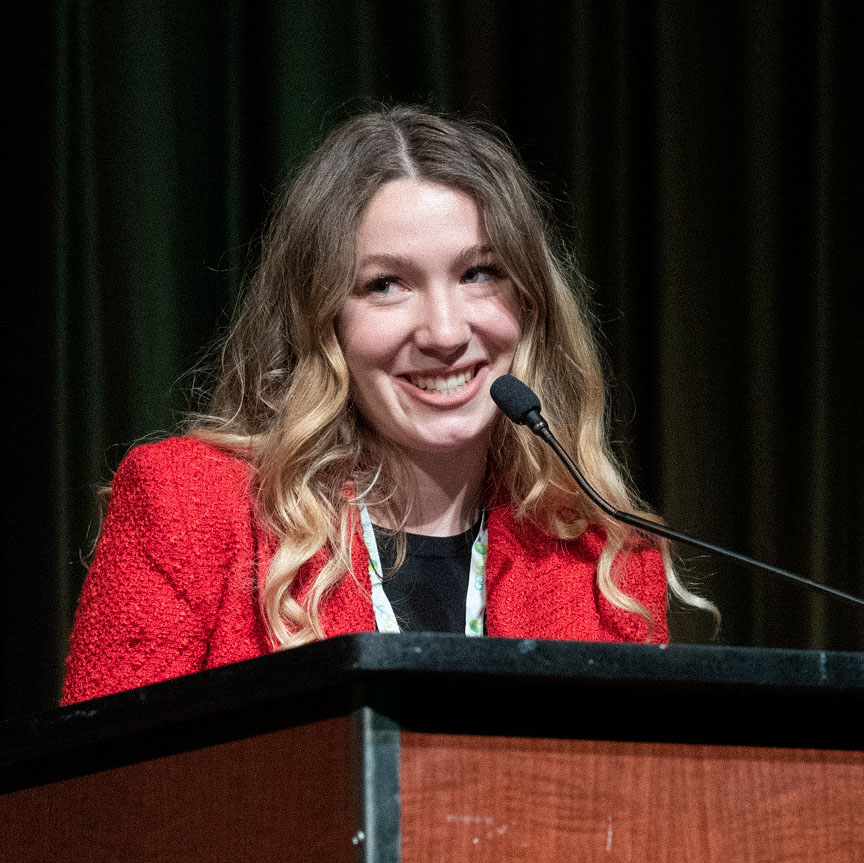
On Day 7, the award ceremony will take place in a grand Plenary Session in the morning. In the afternoon, everyone will uncover the last secrets of New York. We suggest enjoying the view of NY from the top of the Empire State Building.

It's time to pack your bags, but not before enjoying the last morning in the Big Apple and taking the final photo in Times Square. Afterwards, we will head to the airport and depart for Italy.

It has been an incredible experience! NMUN-New York ends here, with the return to Italy. We bid farewell with the images of New York still fresh in our minds and the hope of reliving this adventure together next year.
NMUN - FAQ
The answers you seek
All students enrolled in Italian universities can take part in NMUN.
You can register online by clicking on the following link.
Costs for participation in NMUN are listed in the information materials distributed at the universities. You can request more information by sending an email to info@unitednetwork.it or by calling our office.
The National Model United Nations project is conducted in English.
NMUN - FAQ
All students enrolled in Italian universities can take part in NMUN.
Student participation in the simulation is on a sliding scale. Students who do not complete their registration in the required time frame will be placed on a waiting list.
Costs for participation in NMUN are listed in the information materials distributed at the universities. You can request more information by sending an email to info@unitednetwork.it or by calling our office.
The National Model United Nations project is conducted in English.